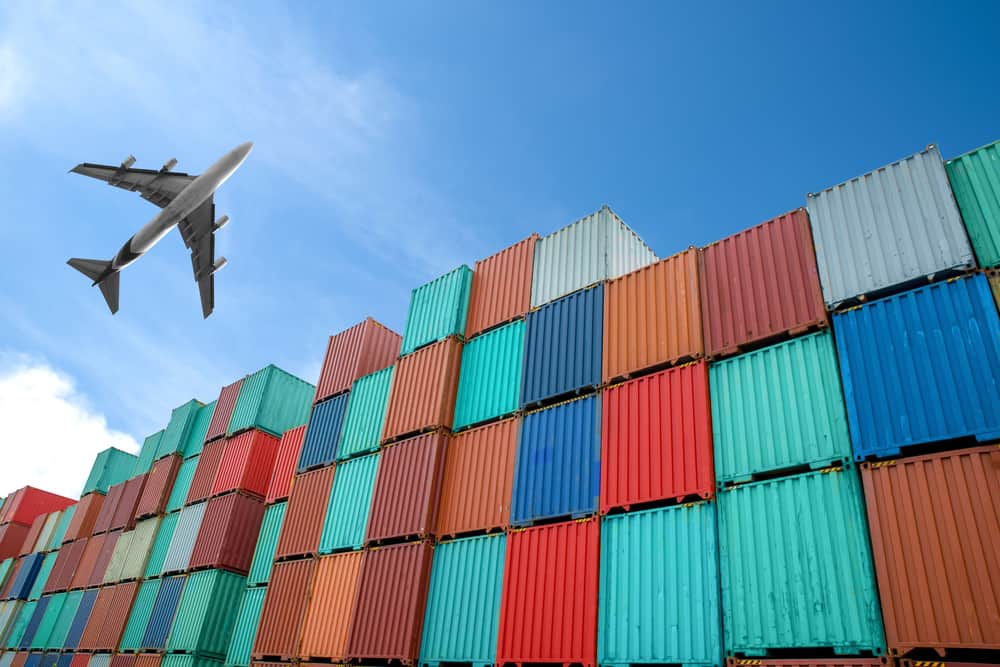Customs procedures have started to modernize in recent years, with greater reliance on digital technologies. This is because there has been a marked shift in such procedures due to an increased use of cross-border e commerce and custom/security related threats. Improved technology has made it easier to monitor what is being imported and exported in and around Australia. There is a focus on automation, which means more items can be inspected more efficiently and effectively. This process ultimately leads to an increased risk of your banned substances being uncovered. As a result, this has had a significant contribution to the pursuit of successful prosecution of custom offences.
Customs law is complex and ever-changing with those involved in the international import and export of goods subject to a wide range of regulations. The Customs Act 1901 (Cth) outlines the laws around the movement of goods, international trade, and free trade agreements (FTAs), as well as the taxes and duties that apply when goods are imported or export goods. Criminal charges may be brought against a company or individual that does not import and export goods in accordance with this legislation.
Online Customs Declaration
Australia relies on the use of digital technologies to facilitate trade and improve productivity. This is achieved through simplified digital customs procedures. There have been particular developments in machine learning technologies which are increasing the production and and amount of data that can be consumed. For example, individuals can now process their customs declaration electronically. Exporting and importing items can be lodged through the Integrated Cargo System (ICS). Whilst this may not be a major technological advancement, this change makes the process more effective and easier for customs to monitor and track patterns of what items are coming into and out of Australia. Having these processes online have also reduced the risk of human error.
X-ray Image for Inspection on Items
Special technologies are also being used at airports and seaports to support border security officers. At the Customs barrier, traditional methods of manual observation and drug-detecting sniffer dogs have been supplemented by ‘Backscatter’ X-ray technology, Ionscans and K910B Buster Devices. This technology is used at their maritime ports, airports, depots, mail centres and also have mobile detection capabilities to guard against terrorism and the movement of illegal or illicit products or substances.
Technologies such as X-ray and trace particle detection help monitor for drugs, firearms, explosives, currency and tobacco. More recently, Australia Post introduced the Rapiscan 3D X-ray machine. The new technology allows for more accurate detection of meat and other food products. The use machines are also more efficient than only using sniffer dogs as a greater number of items can be examined with a more accurate outcome. Thereby, making it easier and more efficient to uncover potential custom offences.
The Australian Border force is regularly updating their X-ray technology, particularly in its containment examination facilities. This, in turn, means that Non-Intrusive Inspection (NII) methods can be undertaken, with an increased likelihood of detecting concealed items, such as drugs. The Australian Border Force cannot be everywhere and examine everything, but improved technology and intelligence does increase the likelihood that more will get detected at Australia’s borders. As such, making it easier for prosecution to acquire sufficient incriminating evidence against you.
Improved Technology to Monitor Suspicious Air Cargo
Until late 2019 the Australian Border Force was required to manually check any air cargo they deemed suspicious. In 2020, they introduced SMS Management and Technology which helped to streamline this process. This technology allows them manage the inspection process through the app. This data collected will then be used to establish a more comprehensive inspection records which in turn improves future targeting. This is because AI technologies can be used to ingest this data recorded and detect and predict patterns more accurately than humans can.
Cross Border e-Commerce
Technological advancements have also changed the way we buy and sell goods and services across border. It is important to know that digital trade is not just about buying and selling goods and services online, it is also the transmission of information and data across borders. Due to the increased use of the digital economy, it has made it easier for border forces to monitor and keep records of the items crossing the border. This ultimately results in more successful prosecution outcomes.
How Galbally Parker Lawyers can Help with Customs Investigations
With technology advancements changing the way customs investigations and prosecutions are undertake, it is essential that you get in touch with our highly qualified team of criminal defence lawyers who are proficient in custom offences. Contact us today to find out how our customs lawyers can defend allegations of customs breaches.


